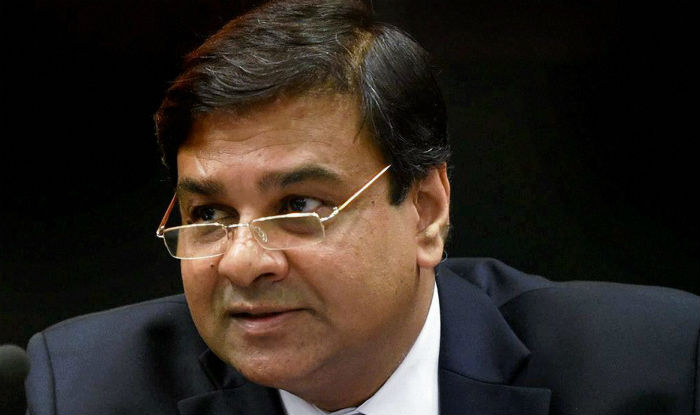RBI might print Rs 5,000 and Rs 10,000 notes: Key highlights from note to Parliament panel
In the 7-page report, the RBI wrote to the Parliament panel headed by Congress leader M Veerappa Moily stating that the idea behind demonetisation was indeed the government's.

New Delhi, January 13: Responding to the Parliament panel’s questions on demonetisation, the RBI has clarified that the decision to make the Rs 500 and Rs 1000 no longer legal tender, was taken by both the government and the RBI together.
However, in the 7-page report, the RBI wrote to the Parliament panel headed by Congress leader M Veerappa Moily stated that the idea behind demonetisation was indeed the government’s. The note read that the RBI was”advised the Reserve Bank that to mitigate the triple problems of counterfeiting, terrorist financing and black money, the Central Board of the Reserve Bank may consider withdrawal of the legal tender status of the notes in high denominations of Rs 500 and Rs 1,000.”
According to reports, the RBI is said to be deliberating the launch of Rs 5,000 and Rs 10,000 notes. Here are the key highlights from the RBI’s response:
- After the Finance Ministry’s recommendation, the Reserve Bank of India met with the government the very next day and after deliberations, both sides agreed that high-denomination notes be withdrawn.
- The union cabinet led by Prime Minister Narendra Modi decided to implement the ban within hours of that meet.
- The primary objective of the move was to fight couterfeiting and corruption. An elaboration in the RBI letter clarified, “There were reports by intelligence and enforcement agencies that availability of high denomination banknotes made it easier for black money hoarders and counterfeited notes in high denominations were being used for terrorist financing.”It occurred to Government of India and the Reserve Bank that the introduction of new series of notes could provide a very rare and profound opportunity to tackle all the three problems of counterfeiting, terrorist financing and black money by demonetising the banknotes in high denominations of Rs 500 and Rs 1000 or by withdrawing legal tender status of such banknotes. “
- The RBI explained the logic behind the introduction of the higher value Rs 2000 note. the banknote was introduced keeping inflation in mind. Reports also suggest that the top bank of India even considered introducing Rs 5,000 and Rs 10,000 notes, as early as October 2014.
- The RBI further threw light on the possible introduction of the notes by stating that as early as October 7, 2014 the RBI had suggested to the government the need for the introduction of 5,000 and 10,000 rupee notes, keeping in mind the inflation and the need for “facilitating payments and managing the currency logistics”. The government, it said, concurred with the introduction of Rs 2000 notes on May 18, 2016.
- It was only after the approval that the RBI started working on the Rs 2000 banknotes with new designs, sizes, colours and themes. The RBI said, “Since any new design notes or new denomination will catch the fancy of the public, it was decided that enough large quantities of Rs notes of 2,000 will be printed so that across the country such new notes can be issued simultaneously.”
Published Date: January 13, 2017 4:35 PM IST








 →
→











0 comments:
Post a Comment